How the Super Hornet Fighter Jet Fell Into the Red Sea: Full Investigation and Analysis
 Stealth Capability of the Most Advanced Fighter Jets of USA Stealth Capability of the Most Advanced Fighter Jets of USA |
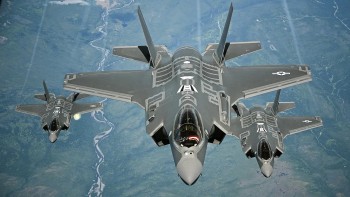 Top 5 Most Popular American Fighter Jets: Facts About the Nicknames Top 5 Most Popular American Fighter Jets: Facts About the Nicknames |
On April 23, 2025, a U.S. Navy F/A-18 Super Hornet fighter jet fell into the Red Sea during operations aboard the USS Dwight D. Eisenhower (CVN-69).
The dramatic incident, captured by shipboard surveillance, triggered a large-scale recovery operation and ignited widespread concern over naval safety and operational protocols. In this article, we break down what happened, the underlying causes, and the broader implications for U.S. military strategy.
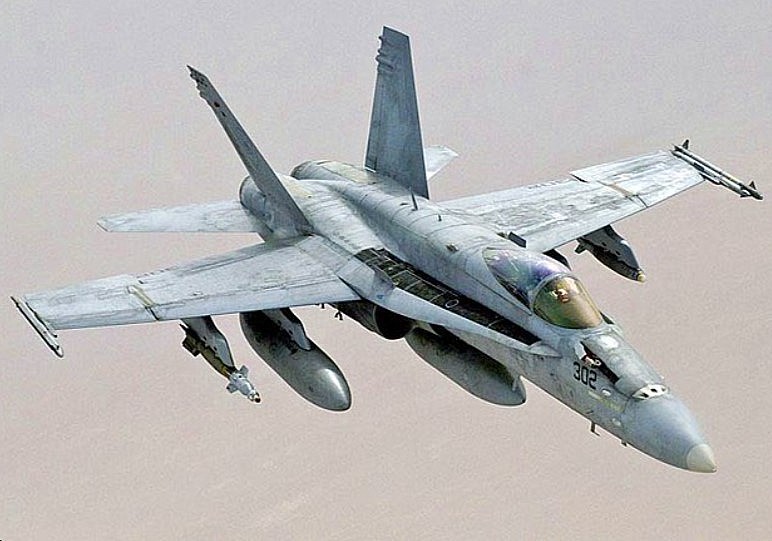 |
| Super Hornet Overboard from USS Harry S. Truman in Red Sea |
Timeline of the Incident
At approximately 14:15 local time, during standard launch and recovery operations, the Super Hornet began preparations for a routine training sortie.
Witnesses reported a sudden shift in weather, with gusts reaching 40 knots. As the deck crew completed final checks, the aircraft, without warning, began sliding uncontrollably across the slick flight deck.
Despite emergency measures, the Super Hornet broke free from its chocks and barriers, plunging overboard. The pilot successfully ejected moments before impact and was swiftly retrieved by a rescue helicopter.
Key Factors Behind the Incident
Several converging factors are believed to have caused the accident:
-
Severe Weather Conditions: Satellite data confirmed a sudden squall in the Red Sea, creating unpredictable gusts that overwhelmed the deck's safety protocols.
-
Technical Failure: Preliminary Navy inspections suggest a malfunction in the jet’s parking brake system and a possible failure in deck securing chains, both critical for stabilizing aircraft on the flight deck.
-
Human Error and Deck Procedures: Early findings point to potential miscommunication between the flight deck handlers and the bridge, possibly delaying the "secure for weather" alert.
-
Material Fatigue: Some of the securing gear used on the Eisenhower was reportedly due for maintenance, raising questions about equipment readiness.
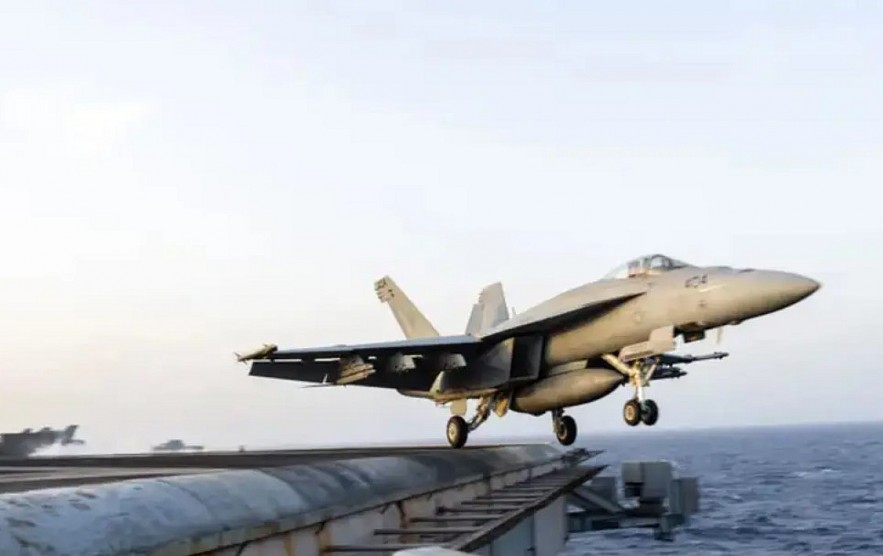 |
| US fighter jet falls into Red Sea |
Immediate Response and Recovery Efforts
Within minutes of the incident, the Eisenhower's combat information center initiated "Man Overboard" protocols. Two MH-60S Seahawk helicopters were airborne within five minutes, successfully rescuing the pilot. Meanwhile, naval divers and unmanned underwater vehicles (UUVs) were deployed to locate the sunken aircraft, estimated to be resting at a depth of over 3,000 meters.
A specialized salvage ship, the USNS Grasp (T-ARS-51), was dispatched from Bahrain to assist in recovery operations. Given the depth and complexity, the recovery mission could take several weeks.
Security Risks and Technological Safeguards
The Super Hornet is equipped with classified technology, including advanced radar, electronic warfare systems, and weapons control software. Navy officials confirmed that self-destruction mechanisms designed to protect sensitive data had been automatically activated upon the crash. However, recovery remains critical to ensuring no component is salvaged by hostile actors.
Why This Incident Matters
The loss of a Super Hornet is not just a multi-million-dollar equipment loss but also a significant strategic concern:
-
Operational Impact: The Eisenhower strike group temporarily suspended flight operations to review deck procedures.
-
Strategic Risks: The Red Sea is a contested maritime corridor, and the presence of nearby naval forces from rival nations increases the urgency of securing the wreck.
-
Policy Implications: This incident could lead to reforms in naval aviation safety, particularly in procedures related to extreme weather conditions.
Broader Implications for Naval OperationsThis event occurs at a time when the U.S. Navy is ramping up its presence in the Middle East to counter regional instability. The loss amplifies the challenges of operating high-value assets in volatile environments and may accelerate investments in enhanced deck automation, predictive weather analytics, and crew training. |
Investigation and Future Preventive Measures
The Navy Safety Center’s investigation will likely focus on:
-
Revising emergency deck handling procedures.
-
Updating maintenance schedules for securing gear.
-
Enhancing real-time weather monitoring and response protocols.
-
Incorporating AI-driven early warning systems for flight deck safety.
Recommendations from this probe could lead to fleet-wide policy changes.
Conclusion
The fall of the Super Hornet into the Red Sea is a stark reminder of the ever-present risks of naval aviation. As recovery efforts continue and investigations deepen, the US Navy faces crucial lessons that could reshape future carrier operations. Maintaining operational excellence in unpredictable environments remains a top priority to safeguard both personnel and critical technologies.
FAQs
Q1: What caused the Super Hornet to fall into the Red Sea?
A combination of severe weather, technical malfunctions, and procedural errors contributed to the incident.
Q2: Was the pilot injured during the incident?
No, the pilot successfully ejected and was rescued without major injuries.
Q3: Is the U.S. Navy recovering the wreckage?
Yes, an extensive recovery operation involving specialized ships and divers is underway.
Q4: Does the Super Hornet crash pose a security risk?
Potentially, but classified systems onboard were reportedly neutralized automatically, and recovery is prioritized.
Q5: Will this incident impact U.S. Navy operations in the Red Sea?
Flight operations were temporarily suspended for reviews, but broader missions continue with enhanced caution.
 How to Make Soft Sugar Biscuits US Sailors Ate In 1945: Original Recipe How to Make Soft Sugar Biscuits US Sailors Ate In 1945: Original Recipe Sugar cookies were one of the easiest desserts to make. The Naval History and Heritage Command posted a naval ... |
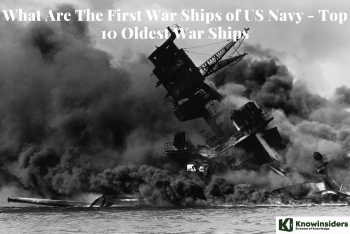 What Are The First War Ships of US Navy - Top 10 Oldest What Are The First War Ships of US Navy - Top 10 Oldest This article profiled 10 of the oldest consequential warships of the US Navy in American history. |
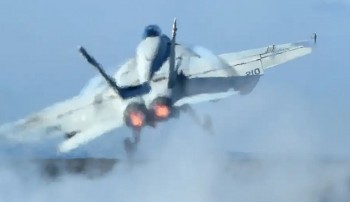 Two US Navy Planes Were Shot Down: Houthi Missile or "Friendly Fire"? Two US Navy Planes Were Shot Down: Houthi Missile or "Friendly Fire"? The recent accidental downing of two US Navy pilots by their own forces during an operation over the Red Sea has brought renewed attention to ... |























